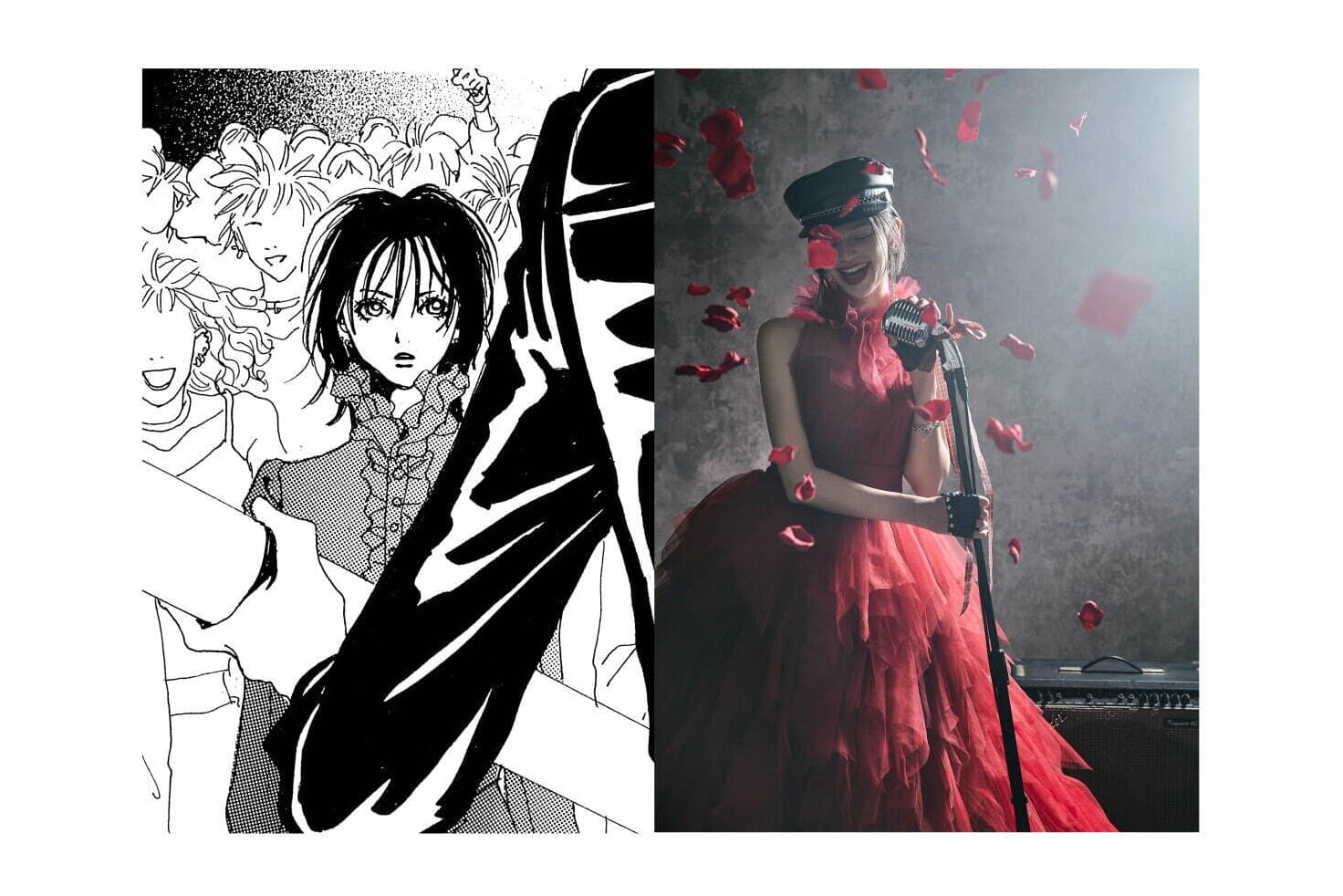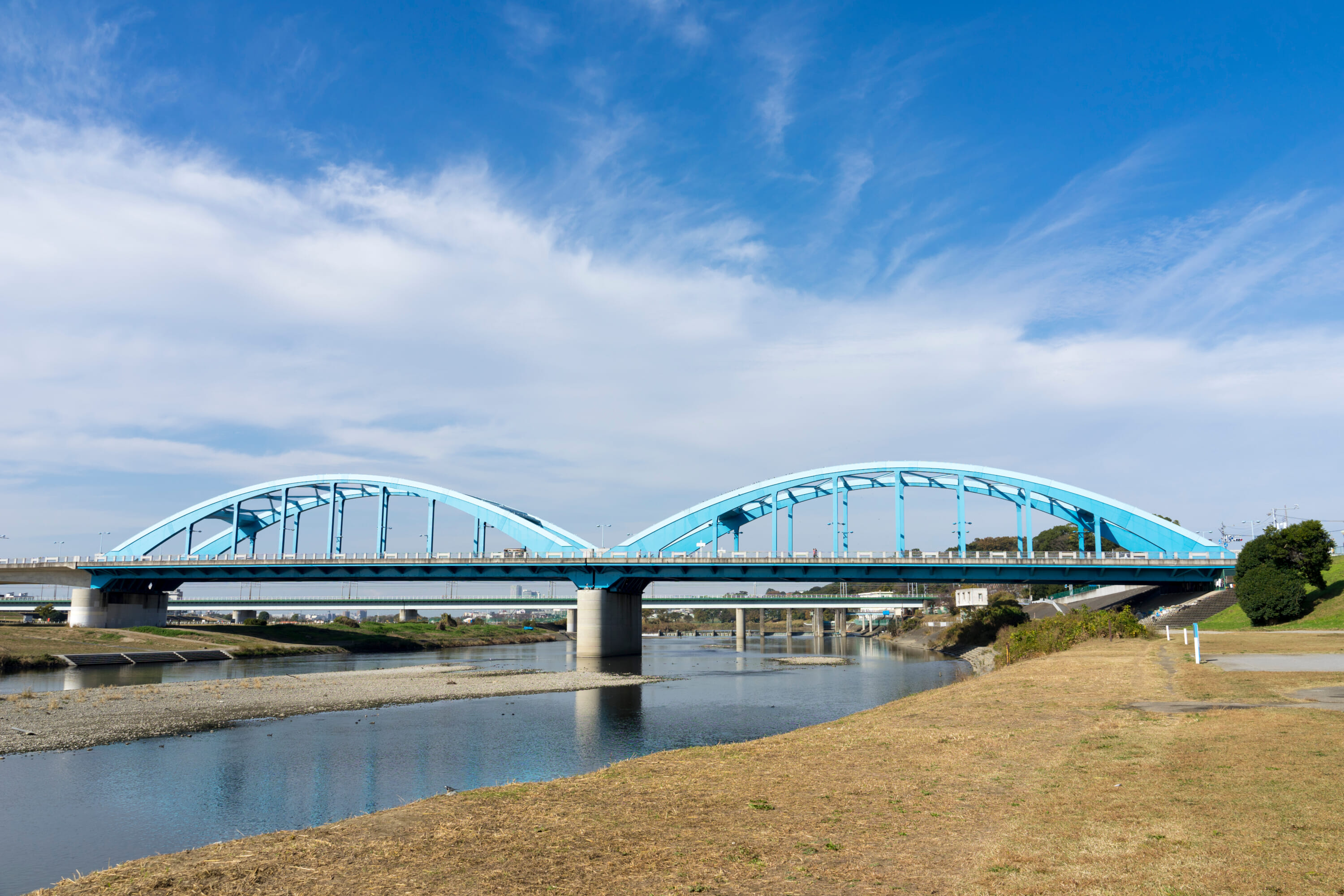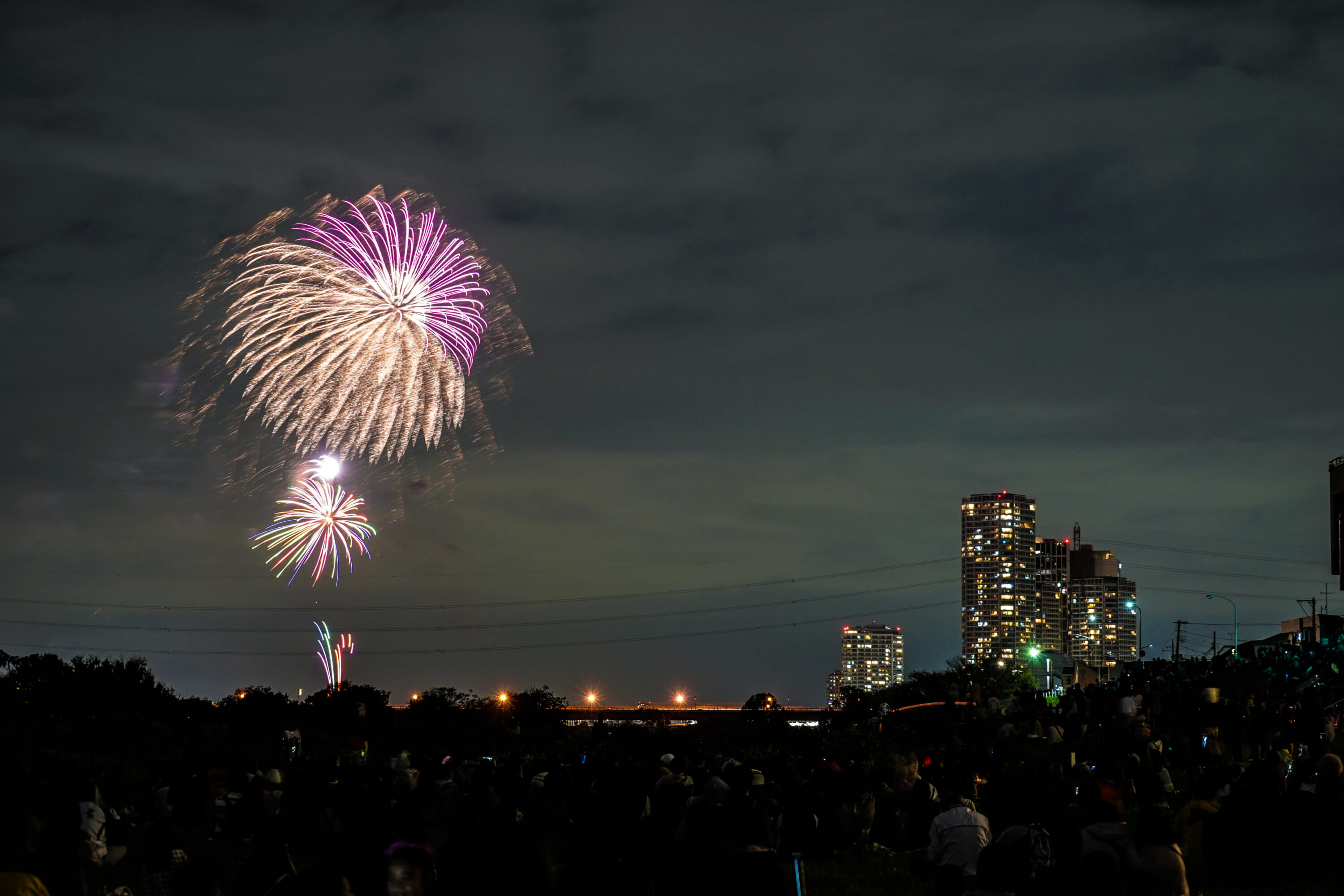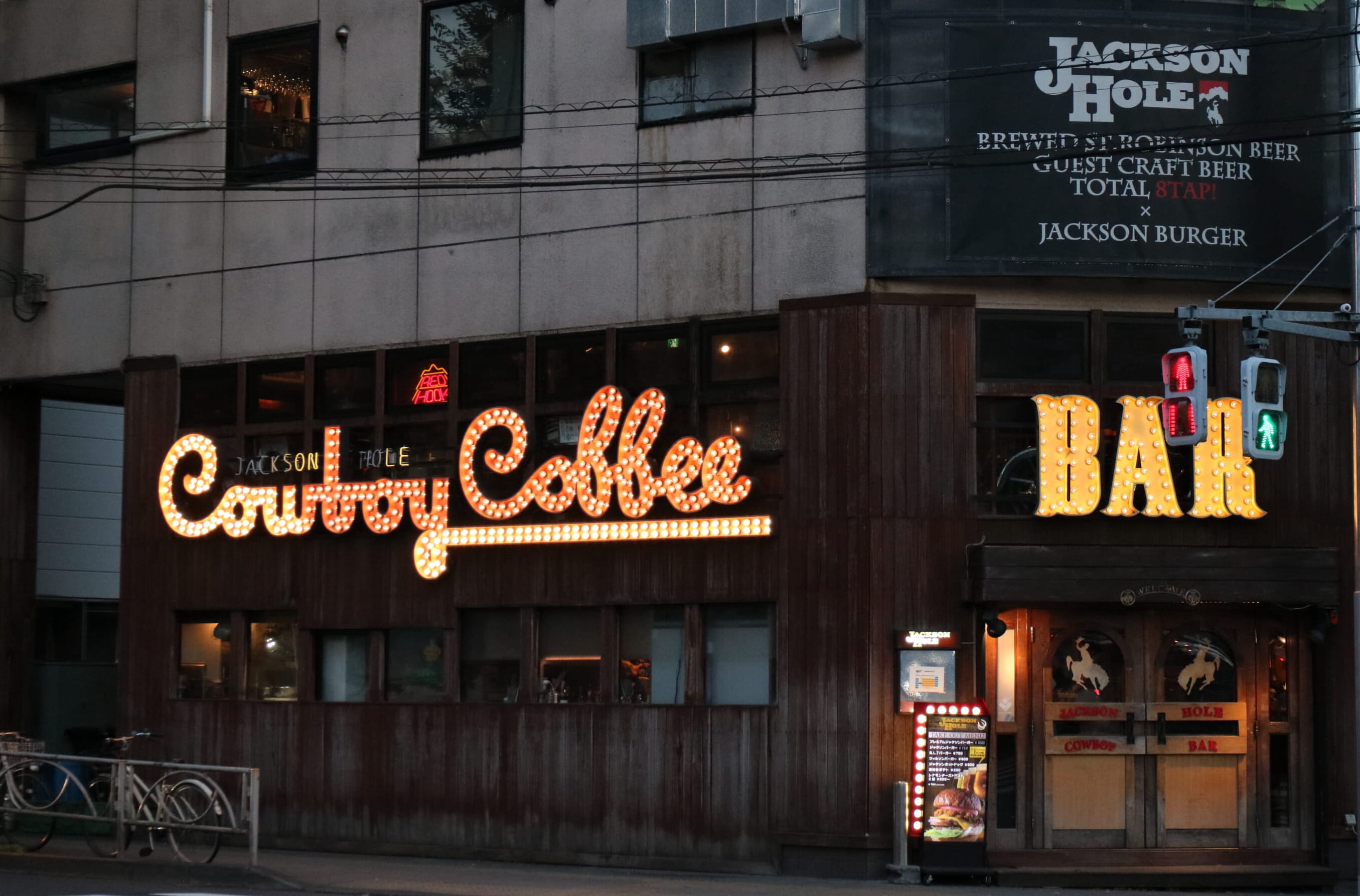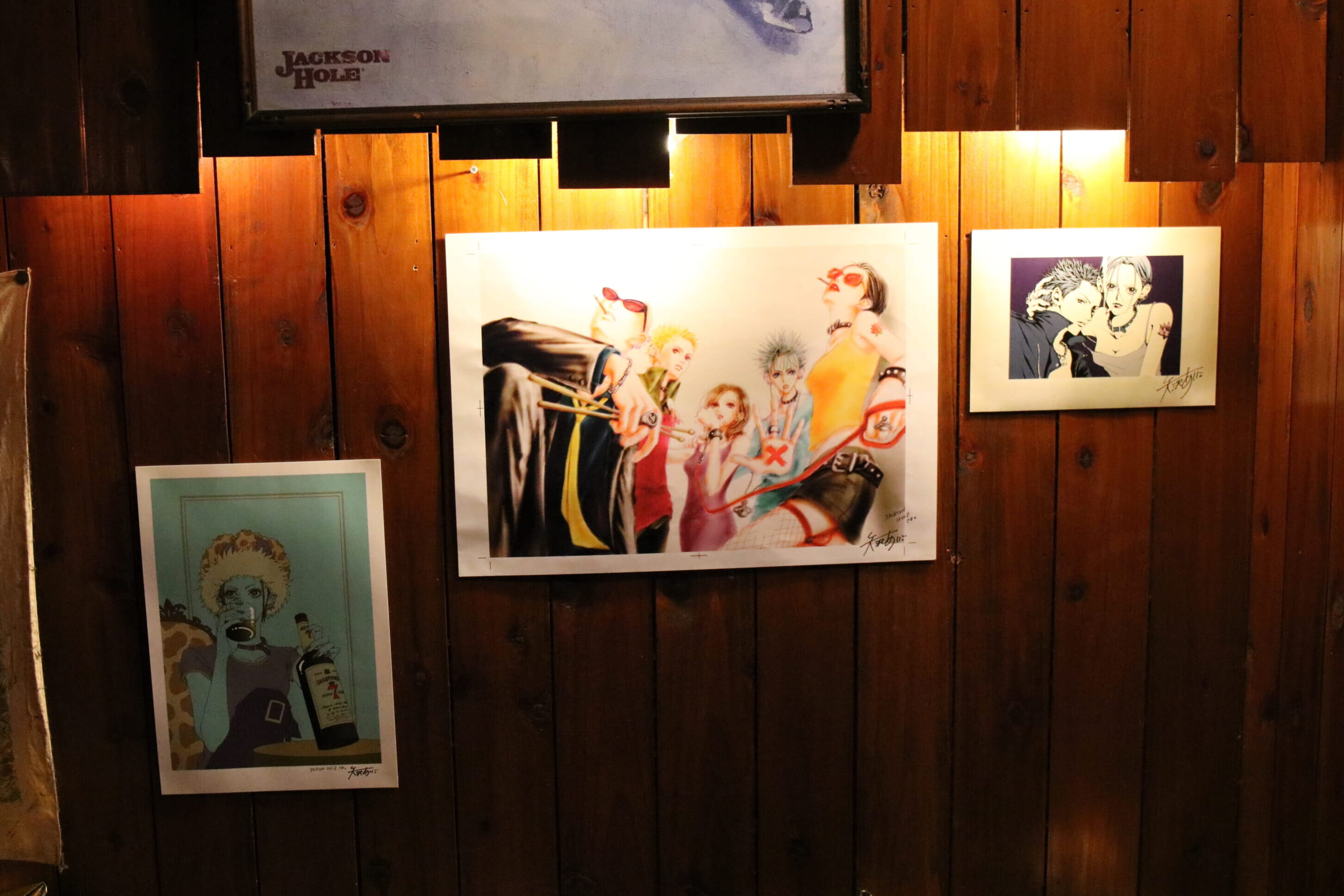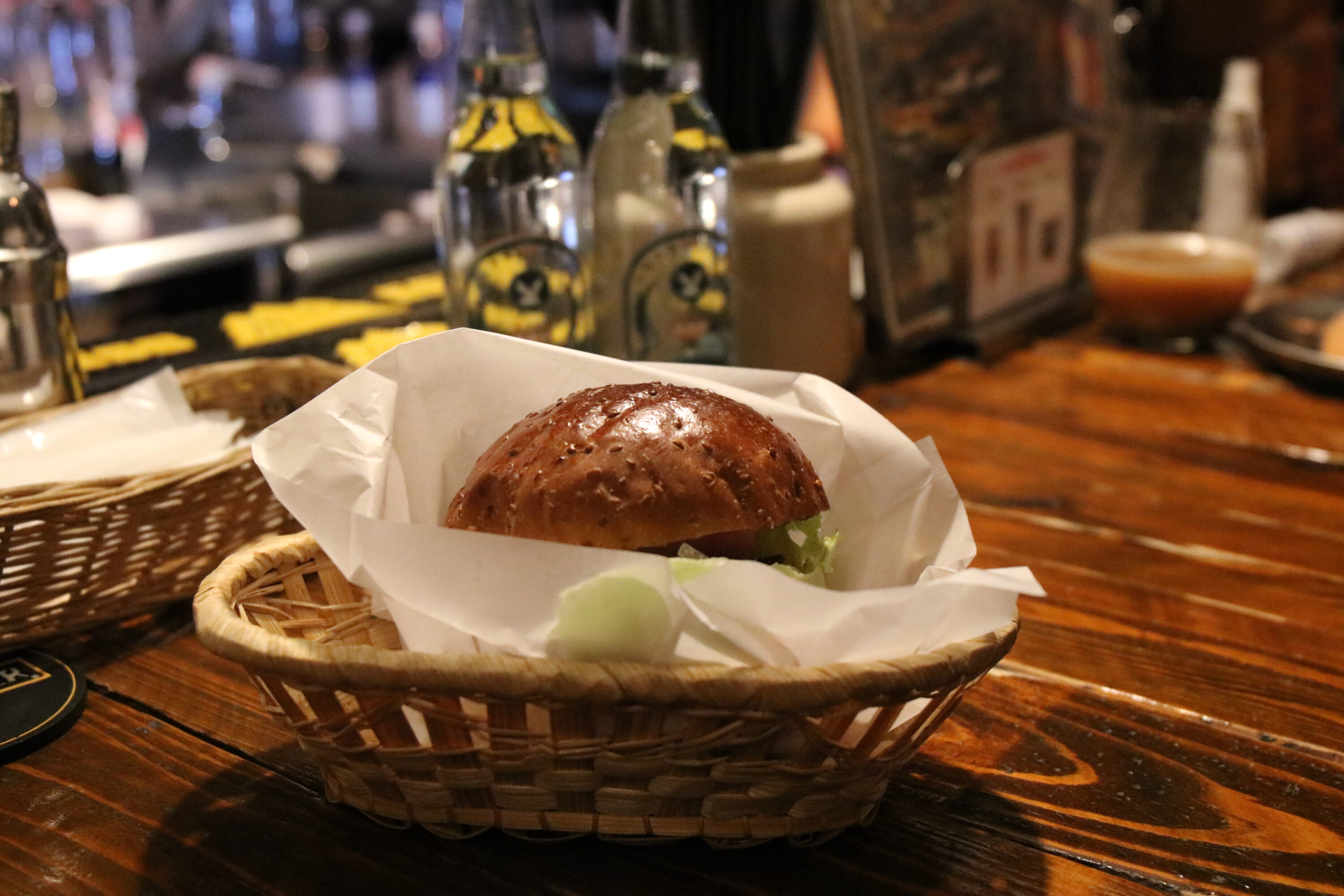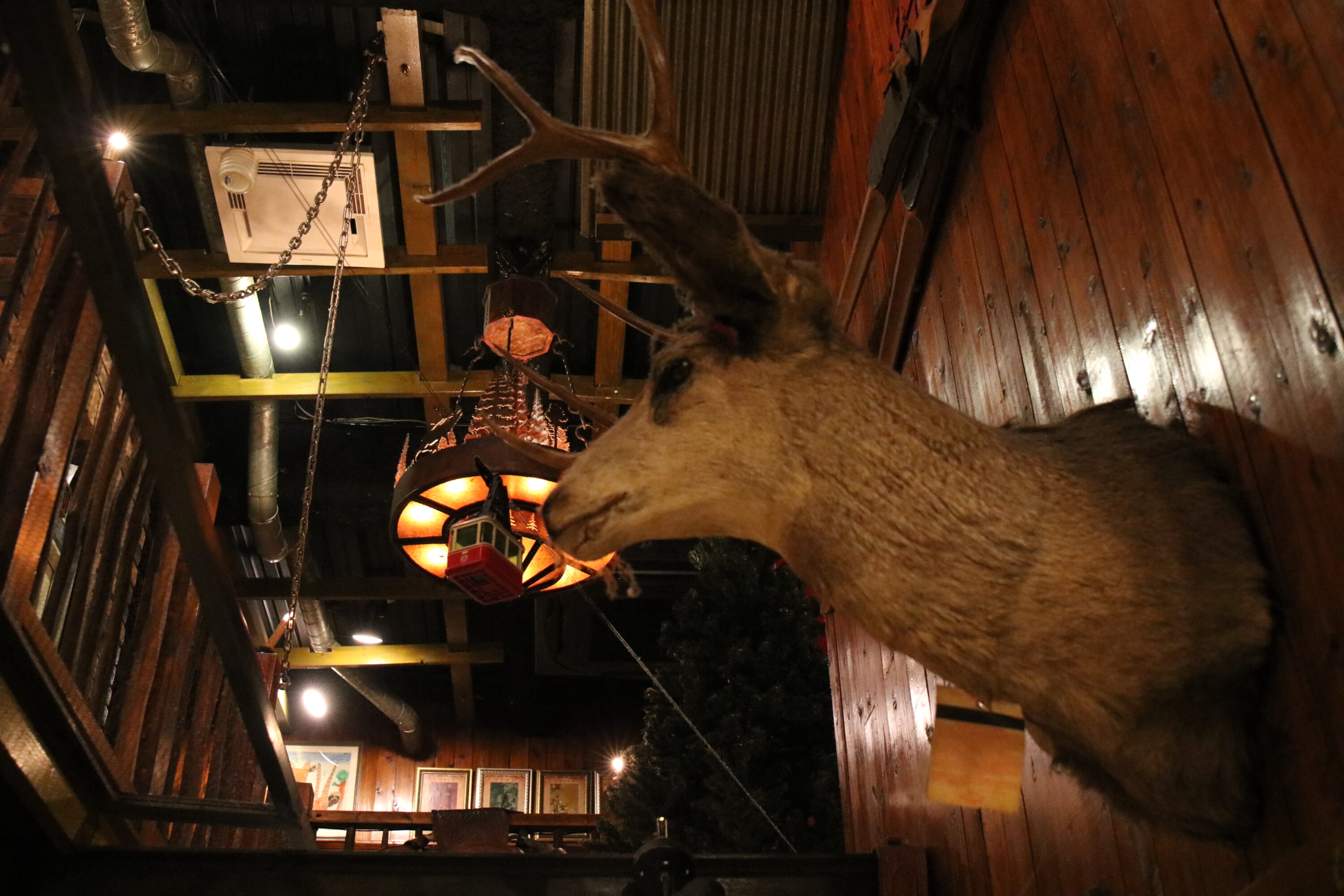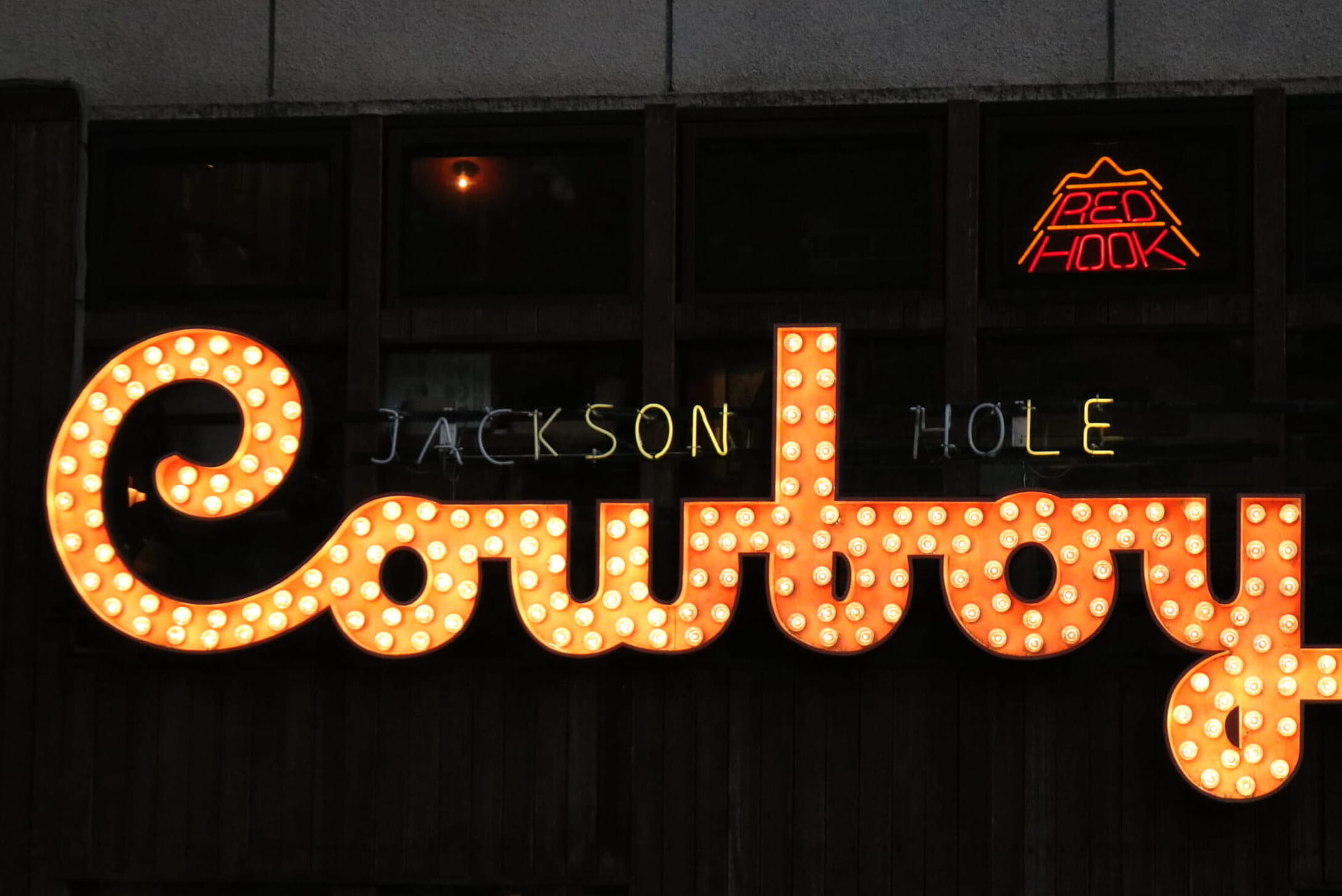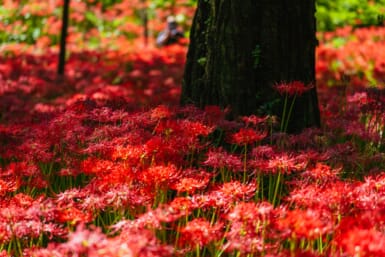Poignant, heartbreaking and inspirational, Nana by Ai Yazawa is a beloved shoujo manga. Thanks to the subsequent anime series and two movies, it has garnered a major international following. Despite being on hiatus since 2009, the story is as relevant and as relatable as ever. Focusing on female friendships and chasing your dreams, the manga and anime have influenced many generations. The story takes place in Tokyo in the early 2000s and many of the Nana anime locations really exist.
There are countless real-life anime locations in Japan, the list ever-expanding with every new story published. There is now even a dedicated Anime Tourism Association that updates the spots for anime pilgrimages annually. Fans are drawn to visit them, particularly because of how similar the real and the fictional scenes often are. And Nana locations are particularly good at captivating fans and bringing them back and forth between 2D and 3D Tokyo. For starters, anyone who has had to move to Tokyo, will relate to the two titular characters: Nana Osaki and Nana Komatsu. Between walking the same streets and perhaps facing similar life challenges, sometimes it feels like we live in Nana‘s world.
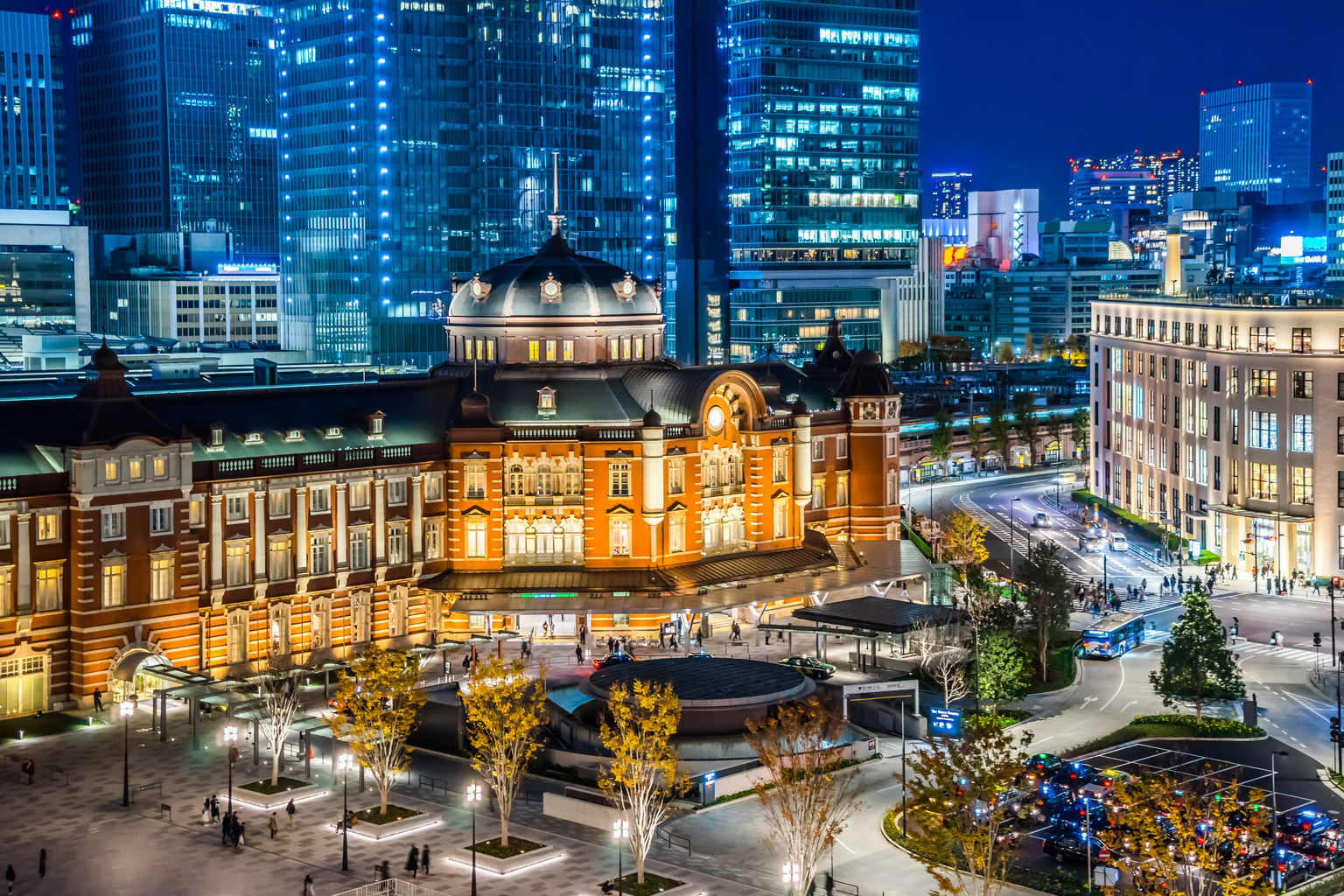
Photo by voyata via Shutterstock
How Real Are Real-Life Manga and Anime Locations?
The more realistic the anime and manga scenes, the stronger the feeling that we share the same world with the characters. In manga and anime, the names of places are sometimes slightly changed. Often this is to avoid copyright issues. Other times, landmarks are removed to create a more fictional city on purpose. For instance, the Kabukichou Sherlock anime perfectly captures the streets and seedy nightlife of east Shinjuku, but it swaps the Toho Cinema Godzilla head with an elephant. Another example is in Persona 5: The Animation (originally a game). It takes place in the Sangenjaya neighborhood but calls it Yongenjaya. It’s a play on words, the original toponym meaning “three teahouses” and the slightly changed fictional one meaning “four teahouses.” But, aside from the supernatural elements of the plot, this name change is enough to disconnect you from real Tokyo.
In Nana, however, locations are largely unchanged. The most unrealistic thing people have pointed out is that there is no way a large apartment with two separate bedrooms would cost only ¥70,000 in Tokyo. But the story and its locations are interweaved with reality and the author has stated before that Nana is loosely based on real people and events.
In the first episode, the two main characters arrive at Tokyo Station by Shinkansen. In the next episodes, we see Shirokanedai Station and multiple scenes from Omotesando Hills where Takumi picks up Hachi to go on a date. However, aside from apartment 707 where the two young women live, there are three key Nana locations: the banks of the Tama River, Jackson Hole and Studio Alta in Shinjuku.
Tama River
One of the longest rivers in Japan, the Tama River originates in Yamanashi Prefecture and flows through the capital into Tokyo Bay. Apartment 707 from Nana could be anywhere from Chofu in west Tokyo, to Kawasaki in Kanagawa Prefecture. However, some drawings in the manga have an arched bridge that many believe to be Maruko Bridge in Den-en-Chofu. The Tama River is also known for its magnificent annual fireworks display. These fireworks are featured in the last episode of the Nana anime. While apartment 707 is a place we might never see, the Tama River and the fireworks are a real part of people’s lives in Tokyo.
Jackson Hole in Chofu
A bar with a saloon aesthetic, Jackson Hole is often a meeting place for characters in Nana. It’s renowned for its Jackson burger and the friendly bartender who everyone calls by his full name — Sato Koichi. The real bar is named the same, looks the same, serves burgers and is in Chofu. There are a few Nana posters subtly stuck on the staircase wall. It takes a long time to notice the one glaring difference — this Jackson Hole is not in the basement. But it once was.
When Yazawa was working on the manga she put Jackson Hole in it since she was friends with the owner, Sato Koichi. The original Jackson Hole was in a basement in Chofu, before it relocated in 2008 (not far away from where it was). But sadly, Koichi is no longer there. He sold the business and moved to Hawaii to open a Japanese restaurant.
The current Jackson Hole in Chofu still looks the same inside, feels authentic and the Jackson burger is delicious. The staff and regulars are friendly and you feel like spilling your life problems to them, just like in Nana. In the real-life Jackson Hole, they are also kind and welcoming to Nana fans. Most importantly, no one makes a big deal out of it, helping the place feel more true to the anime.
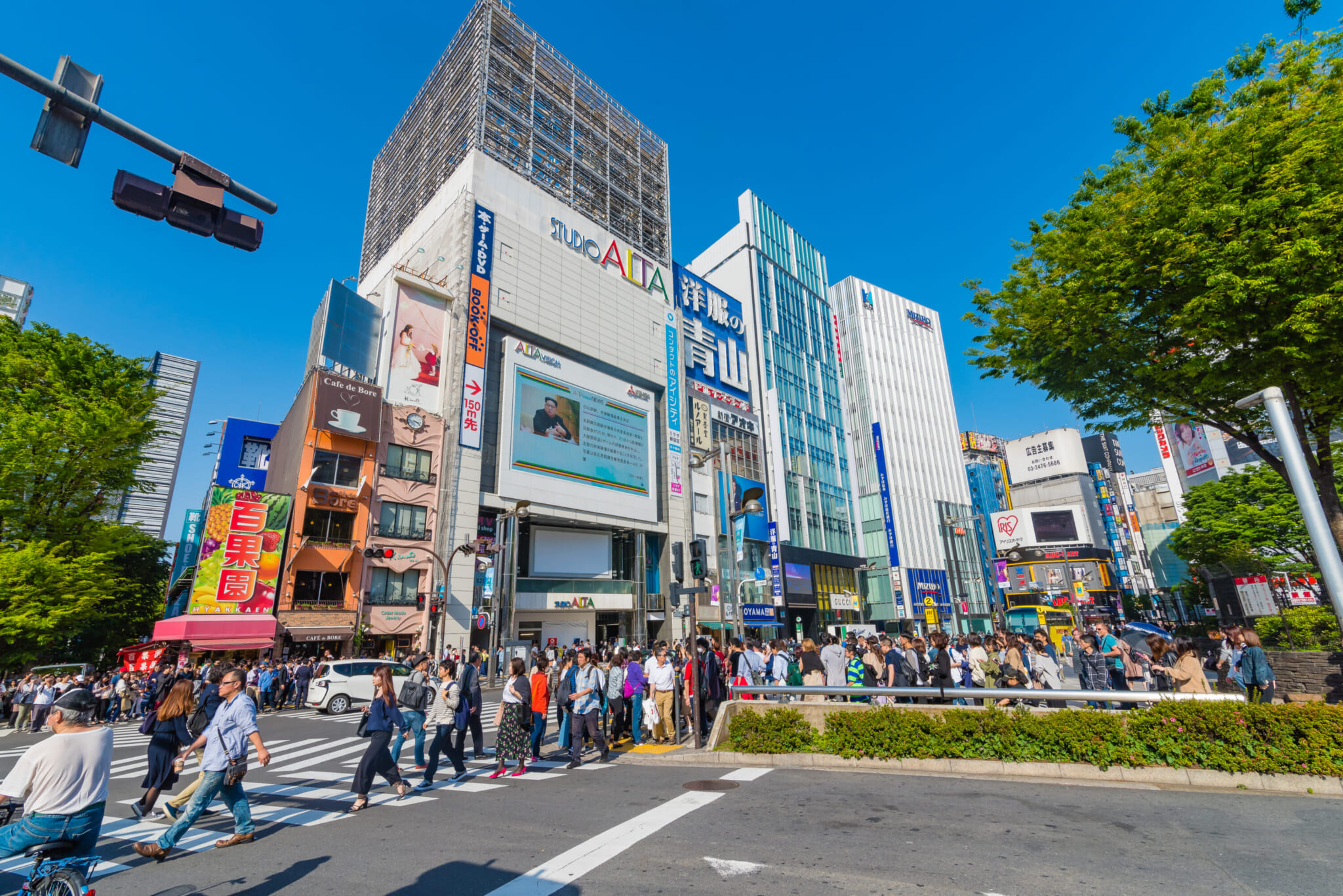
Photo by Wunlop_Worldpix_Exposure via Shutterstock
Shinjuku Studio Alta
Studio Alta, with its colorful sign and the large video screen below, is a popular meeting spot near the east exit of Shinjuku Station. This is where the characters from Nana meet up too. Something’s always showing on the Alta screen and it also plays an important role in the Nana story (we won’t spoil it, just in case). This location weaves the story with reality as one always expects videos of celebrities and ads to play on the Alta screen. It’s also where Nana’s band, Blast, played a surprise live show.
This location blurs the borders between fact and fiction as both of the real bands from the story, Blast and Trapnest, played live shows at the exact spot. And it happened after the manga and anime had come out. Yazawa, worked with two singers on the anime songs. Anna Tsuchiya sings as Nana in Blast, while Olivia Lufkin sings as Reira in Trapnest. Both singers resemble the characters in looks and personality. The music from the anime was released on CD and LP and a special 2006 live show outside Shinjuku Station’s east exit has made this event from the story an undeniable real event as well.
Nana is such a cultural icon that it now has a wedding dress collection created by its author and the Lulu Felice brand. It feels as if we are still living in the world of Nana, where Nana Osaki is still a star and both Nana and Hachi are happy. The story remains a part of fans’ lives, even when the locations in it start changing like in the case of the first Jackson Hole. An ever-changing metropolis where construction never stops, it’s in Tokyo’s nature to change. The story, however, will remain real and relatable for a long time. Even if all Nana anime locations are gone, living in Tokyo is always a story — whether fictional or your own.

